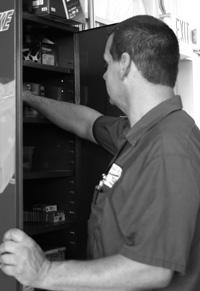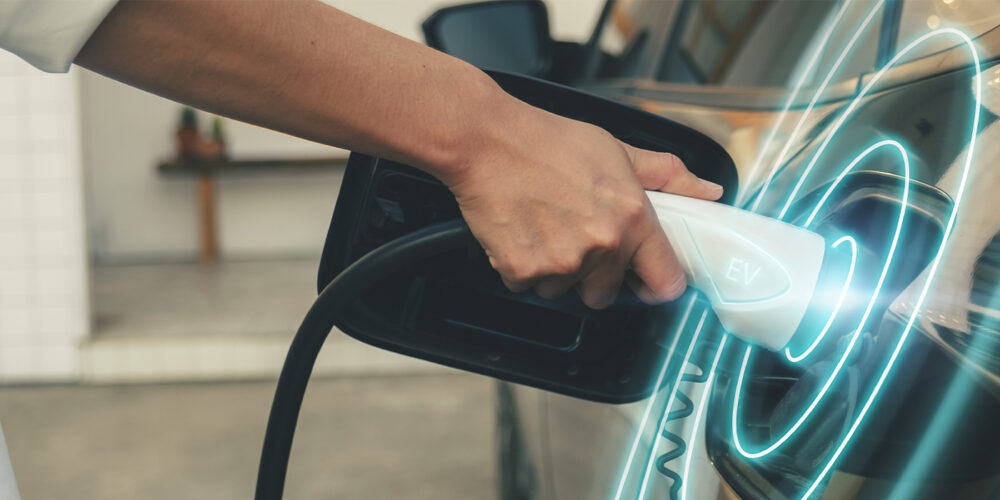
EV Charging
Charging will get better as technology improves and drivers change their behaviors.
I once worked with a technician you might call considerate. When he used a piece of equipment, he would ensure everything was clean and properly put away. For example, we had a five-gas analyzer used for state emissions testing. After every time he used the machine, the hose for the tailpipe probe was neatly coiled and hung on the machine. When he used the machine, the hose was laid on the ground and not dragged across the shop’s floor. He also was the guy who would dispose of the filters left in the oil drain by other technicians.
Being Happy Gets In The Way of Being Successful
Bryce Kenny says his greatest satisfaction comes from helping others to find the courage to chase their dreams.

Quality Triumphs!
New technologies have changed how we interact with our cars. Now, replacement parts quality matters more than ever.

What ‘Family-Owned and Operated’ Really Entails
Having family as a part of your business creates a whole new dynamic that most people can’t comprehend.

It Ain’t Bragging If You Can Back It Up
It can be difficult to sit and read about yourself.

Other Posts
Putting Yourself First For Safety
Policies and procedures are only as good as those following them.

Why Is NHTSA Involved With RTR?
A closer look into NHTSA’s involvement with RTR.

Do OEM Service Bays Offer Opposition or opportunity?
With great power, of course, comes great responsibility.

How Effective Are Non-Competes?
NCAs restrict workers, hinder innovation, and impact employment options






